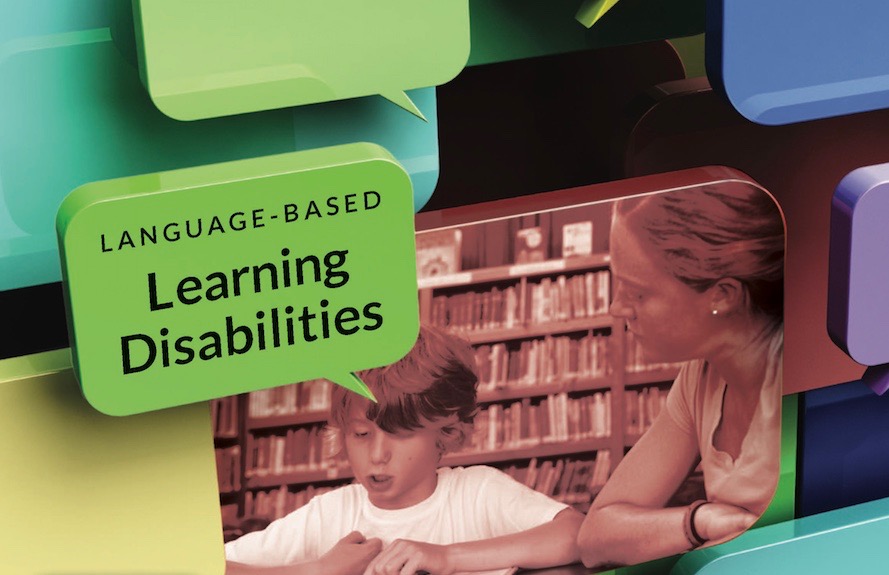Why is Vocabulary Instruction Important?
Vocabulary instruction is essential to academic success and the cornerstone of accessing background information, communicating effectively, and understanding and learning new ideas. Students with strong vocabularies are able to understand new concepts and ideas more quickly than students with more limited vocabularies.
While researchers have noted the importance of expanding vocabulary knowledge, research also suggests that students with language-based learning disabilities are not reading as much as their typically developing peers. In order for students to truly comprehend written material, they must know 90-95% of words on the page. According to the Texas Reading Initiative, a student who reads 21 minutes per day outside of school reads almost 2 million words per year. A student who reads less than a minute per day outside of school reads only 8,000-21,000 words a year (2002). Therefore, the gap of word knowledge only continues to widen as successful readers continue to build their reading skills and reluctant or struggling readers continue to avoid this difficult task. As early as 1986, researchers began referring to this idea as “The Matthew Effect,” based on the idea that the rich get richer and the poor get poorer. Leslie Rescorla, a licensed and school certified psychologist, supported this idea with a student of toddlers’ expressive vocabulary abilities. This study showed that students with language delays had an expressive vocabulary of fewer than 50 words compared to the 130-160 words of their typically developing peers. This gap only continued to widen as students continued their schooling.
How Should Educators Teach Vocabulary?
With the importance of vocabulary, researchers have agreed that early intervention in language acquisition skills is essential to closing the achievement gap and for building foundational skills for later years. At any age, however, there are specific suggestions for ways that educators can teach and support the development of vocabulary skills. Vocabulary instruction should:
- Be both direct (explicit) and indirect (inferred through context and morphology).
- Teach skills and strategies that help students become independent word learners so that they will have an array of strategies available to decipher unknown words in future contexts.
- Follow a Gradual Release of Responsibility model.
- Provide multimodal opportunities for practice and review.
How Does This Connect to Landmark’s Teaching Principles™
Froma Roth, Associate Director of Academic Affairs & Research at the American Speech-Language Hearing Association (ASHA), noted that vocabulary acquisition can be compared to the process of slow mapping in that it takes time and requires different levels of understanding. This idea relates to Landmark’s third Teaching Principle, “MicroUnit and Structure Tasks,” because vocabulary instruction should be structured and built upon over extended periods of time. Multiple exposures to vocabulary practice in a variety of formats are how students grow their lexicons. In order for this growth to occur, instruction should be structured and intentional, focusing on manageable chunks of information at a time. For the full text of the Landmark Teaching Principles™, including “MicroUnit and Structure Tasks,” click here.
References:
Ehren, Barbara J (2002). Vocabulary Intervention to Improve Reading Comprehension for Students With Learning Disabilities. University of Kansas – Center for Research on Learning, Lawrence, KS. Gillam, Ronald B. (2002)
The Role of Working Memory in Vocabulary Development. Communication Sciences and Disorders, The University of Texas at Austin. Hirsch, E.D. Jr. (2013).
A Wealth of Words. Retrieved from: https://www.city-journal.org/html/wealth-words-13523.html Roth, Froma P. (2002) Vocabulary Instruction for Young Children With Language Impairments. Hearing and Speech Sciences, University of Maryland, University Park. Templeton, et al. (2010).
Vocabulary Their Way: Word Study With Middle School and Secondary Students. Chapter 6: Teaching Content-Specific Academic Vocabulary.



